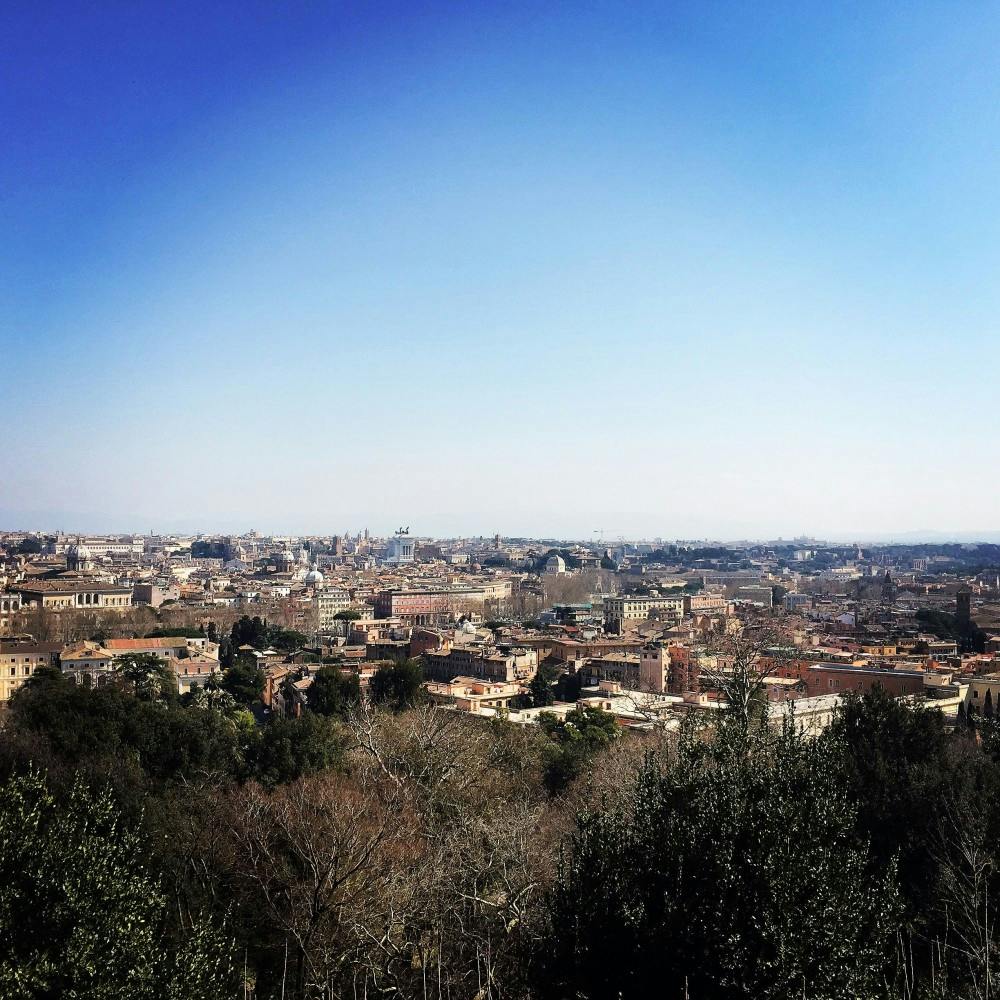From the banks of the Red Cedar to holding a passport getting ready to travel across the world, MSU’s commitment to international education is evident through its study abroad program.
MSU offers a number of unique study abroad opportunities

MSU currently offers more than 275 study abroad programs in more than 60 different countries on all seven continents of the world. Each year more than 2,500 MSU students go and study abroad. From studying a few miles away from the Colosseum in Rome to living on a ship in Antartica, MSU offers a lot of interesting programs in unique, exotic locations. Here are a few examples of the places MSU students can travel to and the programs they can attend.
Studies in Antarctic System Science in Antarctica
A program that is run only during winter break, the opportunity to travel to Antarctica for winter break is a fascinating one.
The program is open to any major. Faculty leader and MSU professor Mike Gottfried said throughout the years they’ve had anyone from dance and journalism majors to fisheries and wildlife majors attend the trip. Students stay on a ship, where Gottfried said they eat extremely well. They can also meet other people from across the world while on the ship. Students also are at the luxury to seeing penguins, seals, and whales in their natural habitats while studying abroad in Antartica. The program is run every other year, so the next opportunity students would have to study abroad in Antartica would be winter break 2016-17.
“Antartica is a very special place, and I think they (students) come back and it really makes them think about the world and their part in it,” Gottfried said.
John Cabot University and American University of Rome in Rome
A program offered in the summer, fall and spring semesters, students can study right in the heart of the Eternal City at John Cabot University — an English-speaking college in Rome. There students have the opportunity to meet and interact with kids from across the country and the world and explore the cobblestoned streets of Rome. General management junior Chris Semaan said one of his favorite places while studying abroad at John Cabot University was the cat sanctuary.
“The cat sanctuary is an amazing place. It’s actually built around the ruins where Julius Caesar was assassinated and was dug up by Mussolini and then a bunch archaeologists decided to make it a home for all the stray cats in the city,” he said. “The stray cats are extremely friendly, as we found out.”
American University of Rome is also another English-speaking, American-based university MSU students can attend in Rome, however this program is only offered during the spring and fall semesters. It’s located on the tallest hill in Rome, the Gianicolo, on the right bank of the Tiber River. The top of Gianicolo Hill offers a beautiful, breathtaking view of Rome.
Japan Center for Michigan Universities (JCMU) in Hikone Japan
JCMU is an English-based living-learning center located on the shores of Lake Biwa in Hikone City, Shiga Prefecture in Japan. Program Director for the JCMU Kate Simon said that the living-learning center was beautifully built for them by the Japanese. She also said that there’s a castle located in Hikone.
READ MORE
“There’s the Hikone Castle, and that is one of the four original built castles in Japan,” Simon said.
Right now MSU is only offering summer programs but JMCU does offer everything from two week programs to year long academic programs. Knowing Japanese is not a requirement to go on the trip. Simon said a lot of the students that go over there actually don’t know any Japanese. She expressed that study abroad, based on her own experiences and other students that she’s worked with, is an amazing experience.
“You learn so much about yourself and your own home country and your home culture when you put yourself in a different context and have something to contrast it to,” Simon said. “Study abroad is one of those major turning points in life where you find that you always reflect back to this time and lessons you’ve learned and gained and continue to draw on for the rest of our lives.”
Biology in the Galápagos Islands and Amazonia in Ecuador
A summer study abroad trip that gives students the opportunity to explore the Galápagos Islands that were made famous by biologist Charles Darwin. Students have the opportunity to snorkel on a daily basis and see animals like sea lions, sea turtles and penguins. While trekking through the island they can also encounter land animals like Darwin’s finches and marine iguanas.
Students will live on the Galápagos Islands and have the opportunity to interact with locals and learn about their culture. To top off the trip students will head to the Tiputini Biodiversity Station, deep in Ecuador's part of Amazonia, to study rain forest and river ecology. There is also a hike to the top of a volcano.
Support student media! Please consider donating to The State News and help fund the future of journalism.
From exploring a Japanese castle to hiking to the top of a volcano in the Galápagos, MSU students truly have the opportunity to explore the world at their fingertips. These were just four of the many other programs MSU has to offer. Programs that students are encouraged to explore.
Editors note: Some numbers in the beginning of the article were changed to reflect updated statistics for the MSU Study Abroad Program.






